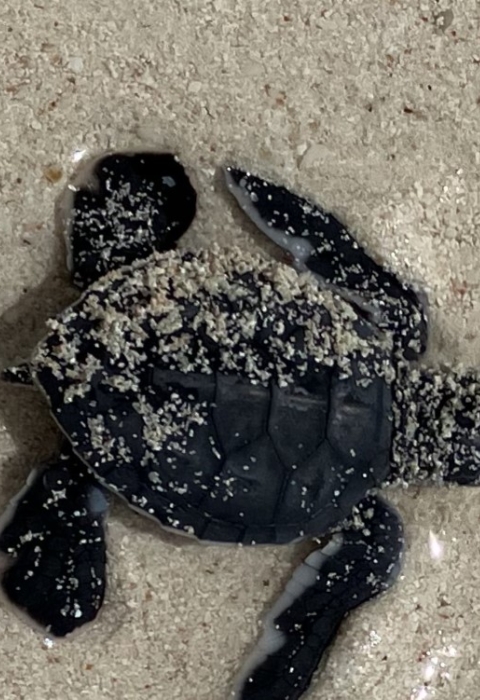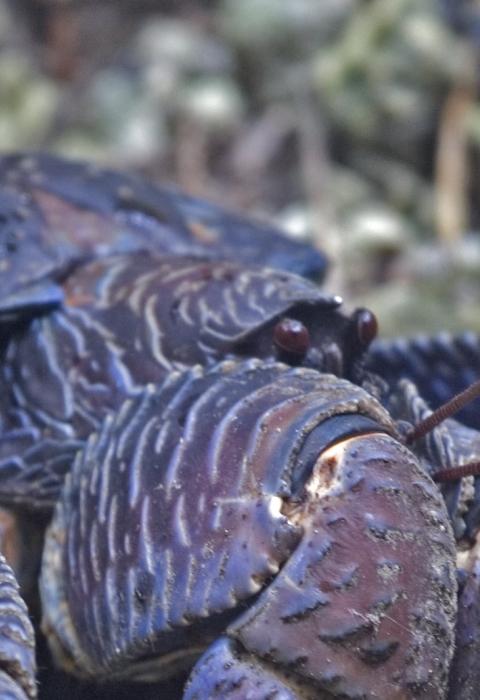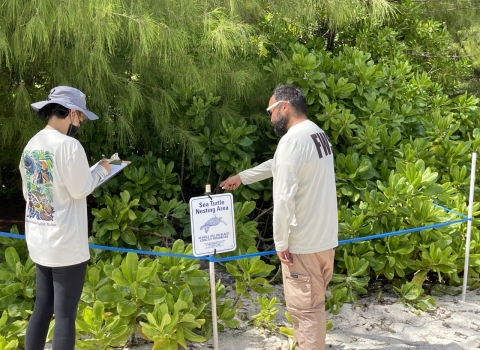Visit Us
Guam’s native wildlife flourish in the native limestone and coastal forests and sea creatures are bountiful in the tropical blue waters. Visitors seek out the beauty and tranquility provided and enjoy seeing and learning about wildlife. The Refuge is a vital link between Guam’s cultural and natural heritage, a vibrant reminder of the place nature holds in all our lives and a treasure for future generations.
Location and Contact Information
About Us
The Guam National Wildlife Refuge is located on the island of Guam, an unincorporated U.S. Territory. Guam is the largest and southernmost island in the Mariana Archipelago, situated in the western Pacific Ocean, approximately 3,800 miles west of Honolulu and 1,500 miles south of Tokyo.
What We Do
The National Wildlife Refuge System is a series of lands and waters owned and managed by the U.S. Fish and Wildlife Service. Wildlife conservation is at the heart of the refuge system. It drives everything we do from the purpose a refuge is established, to the recreational activities offered there, to the resource management tools we use, and the special use permits authorized. Selecting the right tools helps us ensure the survival of local plants and animals and helps fulfill the purpose of the refuge. Follow the link to find out more about the Refuge's Comprehensive Conservation Plan, applying for a Special Use Permit, and learning about the Laws and Regulations that govern National Wildlife Refuges.
Our Species
The Guam National Wildlife Refuge provides habitat for the last remaining populations of the endangered Mariana fruit bat, Mariana crow, and the Serianthes nelsonii tree. The Ritidian Unit is an active sea turtle nesting area.
Get Involved
The Guam National Wildlife Refuge relies on volunteers to assist in vital conservation and management efforts to preserve national networks of land and water - including both flora and fauna - for the benefit of present and future generations.
Projects and Research
The Guam National Wildlife Refuge is implementing several exciting projects. Our major projects include the Cycad Health Assessment Project and a forest restoration project.








